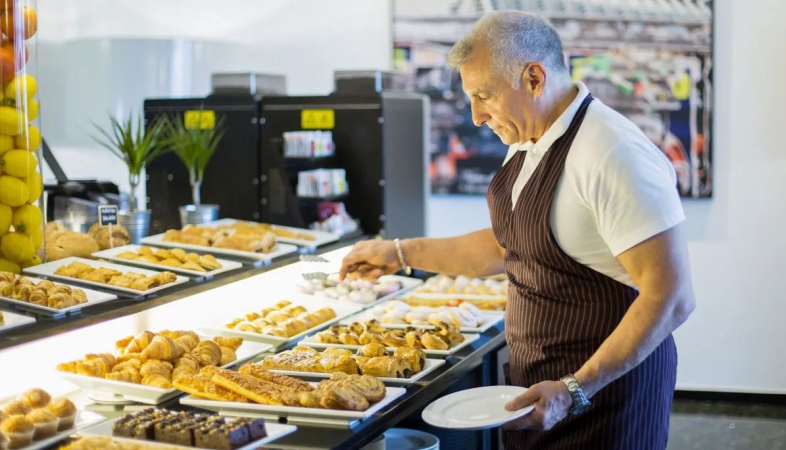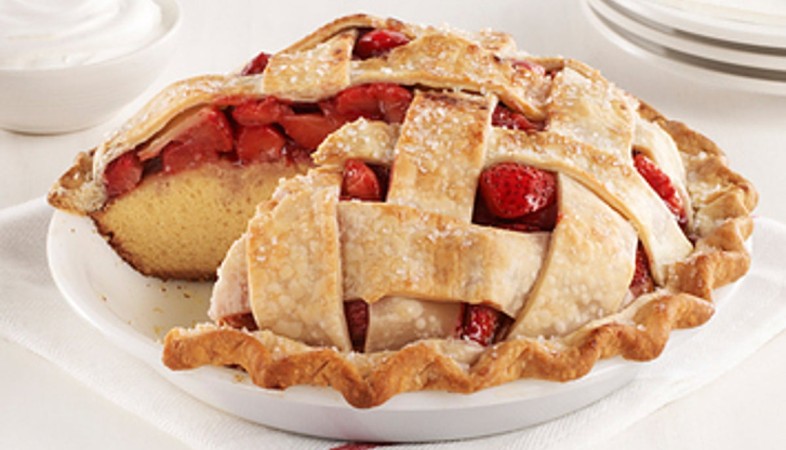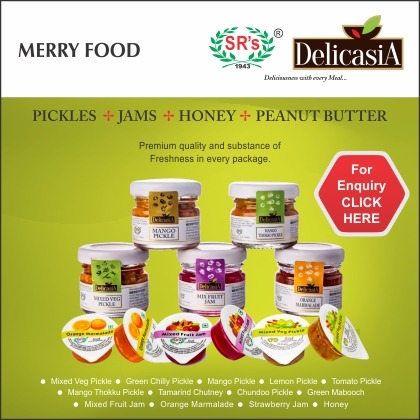Operational Efficiency: Streamlining Processes to Reduce Costs and Improve Profitability
Improving operational efficiency is essential for restaurants and hotels to reduce costs, increase productivity, and enhance profitability.

Streamlining processes to improve operational efficiency is
crucial for restaurants and hotels to reduce costs, increase productivity, and
enhance profitability. By identifying inefficiencies, optimizing workflows, and
leveraging technology and automation, establishments can streamline operations
and achieve greater efficiency throughout their operations. Here are some
strategies for improving operational efficiency in restaurants and hotels:
1. Workflow Optimization: Analyze and streamline the workflow within the restaurant or hotel to identify bottlenecks and inefficiencies. This may involve reorganizing workstations, optimizing staffing levels and scheduling, and implementing standardized procedures and checklists to ensure consistency and efficiency in daily operations. By streamlining workflows, establishments can reduce wait times, minimize errors, and improve overall productivity.
2. Inventory Management: Implement effective inventory management practices to optimize stock levels, reduce waste, and control costs. Use inventory tracking systems and software to monitor stock levels in real-time, track inventory turnover rates, and identify slow-moving or obsolete items. Establish pars and reorder points to ensure that inventory levels are maintained at optimal levels to meet demand while minimizing excess inventory and carrying costs.
3. Food and Beverage Cost Control: Implement cost control measures to minimize food and beverage costs and maximize profitability. This may include negotiating favorable terms with suppliers, sourcing high-quality ingredients at competitive prices, implementing portion control measures to minimize waste, and monitoring food and beverage costs regularly to identify cost-saving opportunities. Additionally, menu engineering techniques can be used to promote high-margin items and optimize menu pricing for profitability.
4. Labor Management: Optimize labor management practices to ensure efficient staffing levels while minimizing labor costs. This may involve implementing labor scheduling software to forecast demand and schedule staff accordingly, cross-training employees to perform multiple roles and tasks, and incentivizing productivity and performance through performance-based incentives and recognition programs. Additionally, consider outsourcing non-core functions such as cleaning services or accounting to reduce overhead costs and improve operational efficiency.
5. Technology Integration: Leverage technology and automation to streamline operations and improve efficiency. This may include implementing point-of-sale (POS) systems with integrated inventory management and reporting capabilities, online reservation and booking systems to streamline the reservation process, and mobile ordering and payment solutions to reduce wait times and enhance guest satisfaction. Additionally, consider investing in kitchen automation and digital menu boards to improve order accuracy and efficiency in food preparation.
6. Energy Efficiency: Implement energy-efficient practices and technologies to reduce utility costs and minimize environmental impact. This may include upgrading to energy-efficient appliances and equipment, installing programmable thermostats and lighting controls to optimize energy usage, and conducting regular maintenance and inspections to identify and address energy waste. Additionally, consider implementing sustainability initiatives such as composting programs or sourcing local, organic ingredients to reduce environmental footprint and appeal to environmentally conscious consumers.
7. Continuous Improvement: Foster a culture of continuous improvement and innovation within the organization to identify and implement opportunities for efficiency gains. Encourage feedback and suggestions from staff members at all levels, and empower employees to take ownership of process improvements and initiatives. Regularly review performance metrics and key performance indicators (KPIs) to track progress and identify areas for further optimization and refinement.
Improving operational efficiency is essential for restaurants and hotels to reduce costs, increase productivity, and enhance profitability. By streamlining workflows, optimizing inventory and cost control measures, implementing labor management and technology integration initiatives, prioritizing energy efficiency, and fostering a culture of continuous improvement, establishments can achieve greater efficiency throughout their operations and position themselves for long-term success in the competitive hospitality industry.
.png)




























